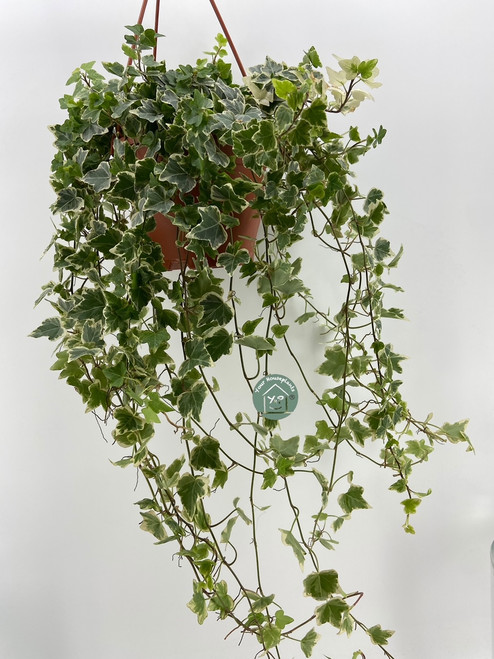Product Overview
Platycerium Bifurcatum - Staghorn / Elkhorn Fern.
Staghorn ferns are weirdly wonderful epiphytic plants, something that grows on another plant or organism sympathetically and takes its water and nutrition from its surroundings. Naturally found growing from the branches of trees Staghorn ferns look great suspended at eye level. They prefer extra humidity so make a great plant for the kitchen or steamy bathroom.
Keep in bright, indirect light. More than happy in Winter sun but shield from direct Summer sun.
Staghorn ferns form a hard shield around the base of the plant that covers the root ball. Therefore it is best to water from below. Stand the plant in water for approx. 10-15 minutes, then allow to drain. If possible use rainwater or tap water that has stood overnight. Allow to dry slightly between watering.
Normal temperatures between 16-24c.
As mentioned above they prefer moist air so regular misting of the fronds in hot weather will help. Don`t allow the base of the fern to get too wet, this can lead to problems with rot.
Fertilise sparingly in Spring and Summer by adding a balanced liquid feed to the water that it stands in as per instructions.
Minimum Temp: 13c
In Winter when growth is slow and temperatures are cooler reduce the amount and frequency of water. Do not fertilise.
The hard brown shield at the base of the fronds is natural and shouldn`t be removed, even if it looks to be dead, and eventually will fall off naturally.
Also don`t try to wipe off the whitish-grey scales that can appear on the fronds, making them dusty looking. This again is natural and helps slow down transpiration, the loss of water from the plant.
Staghorn ferns are generally propagated by division. They will form pups that can be removed and potted on as individual plants. They do produce spores but this is a long and slow process.
Warnings: Not known to be toxic.







